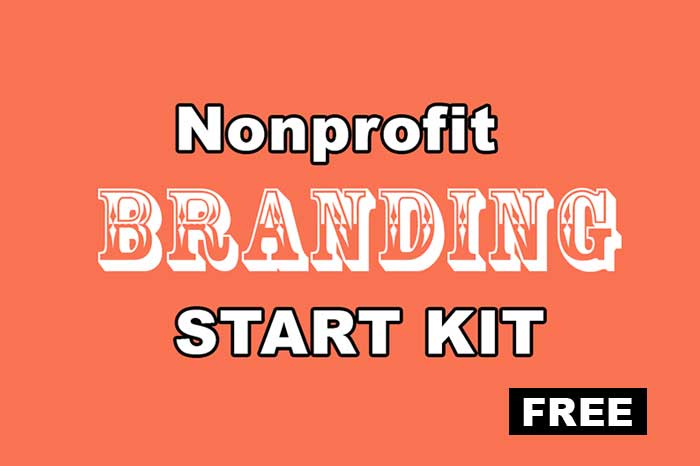If you read part one of this article, you should have by now… your purpose. If you are not sure what I am referring to, then have a quick read of Part One of this article.
OK, so let’s work on finding the emotion of your video. Take a piece of paper and a pen. Go on…write down the purpose for your next video. Is it going to be for fund-raising? Team development? Audience awareness?
(The purpose for my video is to_________________________________)
The next step should be finding out who is your audience. For example, if it’s for fundraising, then you should consider your donor base. Who are they? Better yet, let’s begin with someone in mind, right now. Write down the name of the donor who you know has given the most money, contributed some or a lot of time in volunteering for your organization, and/or motivates others to join your events.
(The person that comes to my mind is _______________________________)
Then consider that person. Find out from that person what he/she likes. What motivates him/her to give to your organization? Call that person and ask him/her the following four questions:
- What was it that you experienced in your life that moved you to give to this organization?
- Who did you witness experiencing the very issue we stand for or against in our organization?
- Is what we do based on your values?
- What emotion comes to your mind when you think about us?
The final step is to turn those questions into a video. Go on, now. Just do it!
Structure it like this:
- Introduce the person, “Hi my name is _______________ and I am a donor for ____________.”
- Let the person explain the experience that led to why they are involved with the organization. In the example above, record them answering #1 and #2.
- If applicable, have them answer #3, only if the answer benefits your purpose.
- Have the person answer #4 by stating the following: “Organization’s Name makes me feel __________, because I _________________________________.”
There. Now, you have a video. The right emotion(s) happen to be the ones that your person explained in question #4 above. Why? Because it was his/her feelings. They are valid. No one will argue with they about it. When you film it, try to include close up shots of the person’s eyes and hands. Film a close up shot of their face. Close up shots make reference to intimacy in film. Include sad images when appropriate in the video. Sad images causes people to feel sad with the subject, and more likely to give to the organization. This tends to happen regularly when dealing with still photography and posters.
In conclusion, people think with their hearts and not with their heads. They will make contributions based on their emotional impulses. The more tools, like videos, that you can use to target their emotions, the better results you will receive. Always remember the rules of communication. Never assume people will get you based on your words alone! If you have more questions about interviews, you should read my article on “Secrets of Video Story Telling“.
Now, let us hear from you. Once you created your first video using the steps above, can you share it with us in this blogpost?? We would love to see it and also promote your organization.
Please, share this post with your non-profit friends, who could use these tools to improve on storytelling using videos. Continue to stand up for your cause, because only you can inspire change in your community.















